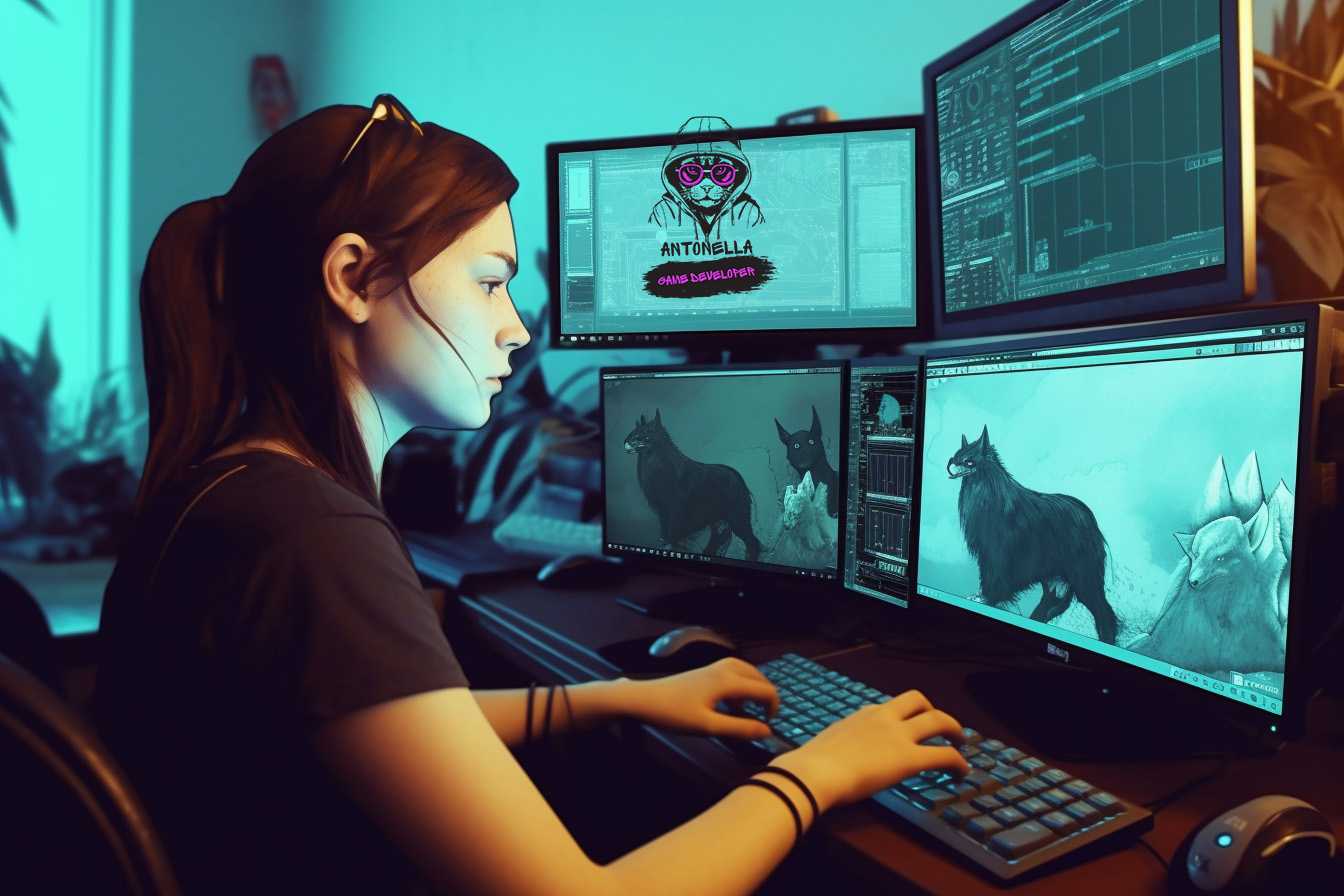Indie game development presents its own set of challenges, and going solo amplifies those difficulties even further. Despite years of effort, I find myself still distant from achieving commercial success. While I maintain a stable career and don’t rely on game development for my livelihood, occasional restlessness prompts me to ponder whether my personal game projects could one day supplement my family’s financial needs.
As I immerse myself in the experiences of fellow indie game developers, I contemplate the potential for success in game development as the industry continues to mature. Here are some observations I’ve made, along with my accompanying thoughts.
A Solo Odyssey
Embarking on the journey of solo indie game development often feels like stepping into an expansive unknown. The freedom that accompanies being a lone creator can be both liberating and isolating. You find yourself taking on the roles of designer, programmer, artist, and marketer – a one-person orchestra. While this autonomy is exhilarating, it’s also hard not to feel overwhelmed by the sheer range of responsibilities.
Thoughts: While the notion of “doing it all” is appealing, I am reminded that seeking assistance, forming partnerships, or collaborating can alleviate the workload and elevate the final product. I once wrote about considering collaboration with others, and for my current project, I decided to hire someone to handle a significant portion of the game’s development. He did an exceptional job.
Crowded Arena
The indie game market thrives as a fertile ground for innovation. However, as more creators enter the scene, the competition intensifies. Crafting a game that stands out in a sea of titles requires a distinctive approach and a fresh perspective. Simple games, while endearing, must navigate the challenge of capturing an audience amidst a flood of options.
Thoughts: As the industry progresses, it becomes evident that distinctiveness is paramount. Designing games that resonate with niche audiences, and even within sub-niches, could be the key to making a meaningful impact.
Resource Challenges
Time and money – the dual pillars that shape the trajectory of solo game development. Balancing the creation of a polished product with working within constraints is a delicate act. Every moment dedicated to refining the game is a conscious decision to allocate that time away from other aspects.
Thoughts: This reality underscores the importance of meticulous planning and disciplined project management. Perhaps focusing on a Minimum Viable Product (MVP) approach can help channel efforts where they yield the greatest results.
Uncharted Marketing Waters
Crafting a masterpiece is merely half the battle. The other half involves effectively marketing and promoting your game to an eager audience. Formulating a compelling message, building a community, and navigating the complexities of distribution platforms all require a strategic mindset.
Thoughts: The marketing landscape is in a constant state of evolution. This serves as a reminder that, as a creator, embracing continuous learning and adaptation is essential to staying relevant.
The Inevitable Financial Roller Coaster
Indie game development holds the promise of financial independence, but this path is riddled with uncertainty. Fluctuations in income are commonplace, and the dream of striking it big often collides with the reality of earning a modest livelihood.
Thoughts: Recognizing the unpredictability of financial outcomes highlights the value of having supplementary income sources or a stable foundation to fall back on.
I Guess I Won’t Really Know Yet
Reflecting on the challenges and potential of solo indie game development stirs a blend of determination and introspection. Despite the seemingly formidable odds, there is an unwavering spirit within the indie game developer community. Driven by passion, curiosity, or the pursuit of creative freedom, each creator contributes to an ever-evolving narrative that shapes the future of game development.






